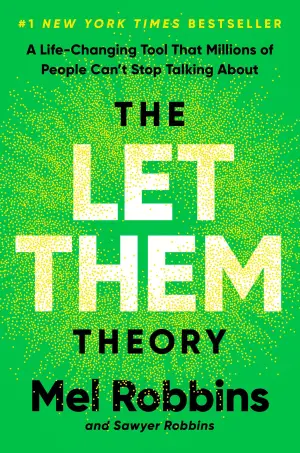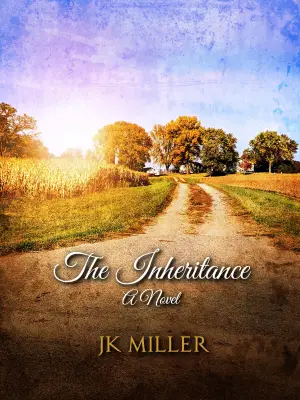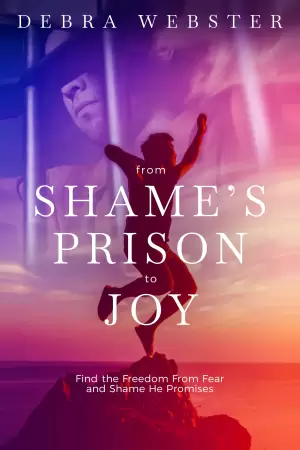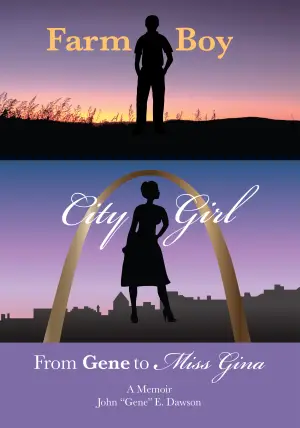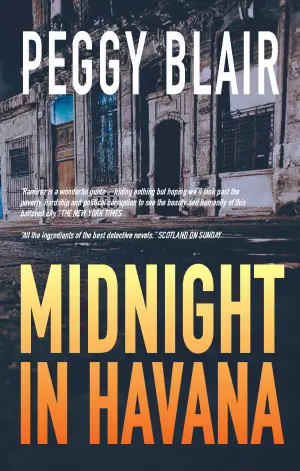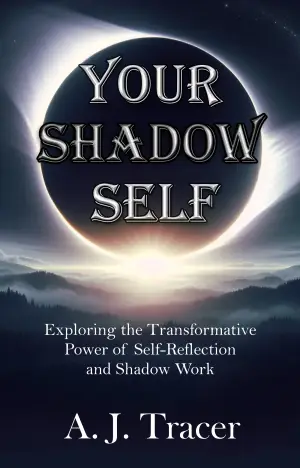A Reflection on The Woman in the Window by AJ Finn: Peaks and Pitfalls
There’s something undeniably poignant about the broken and fragile narrators that draw me into a story, and when I glimpsed AJ Finn’s The Woman in the Window in the sea of literary buzz, my curiosity was piqued. With a chorus of five-star reviews singing its praises, I couldn’t resist diving into both the audio and Kindle versions, hoping for an immersive experience that would keep me up at night. Yet, while it certainly had its addictively popcorn-like qualities, it fell short of my expectations, leaving me with a mixed bag of feelings.
The novel revolves around Anna Fox, a reclusive woman confined within her New York City home, haunted by trauma and bottling her emotions under the haze of too much wine and too many pills. As the narrative unfolds, we are treated to her voyeuristic observations of her neighbors—think a modern-day Gladys Kravitz peeping through the curtains, her life intertwined with theirs in a twist of drama that feels both thrilling and deeply unsettling.
I love an unreliable narrator, and Anna delivers that intrigue splendidly. The tension mounts as her world narrows to simply watching and reacting to the flickers of life around her. Yet, therein lies the catch. Finn’s prose, while aiming for suspenseful depth, often veers into unnecessary verbosity. I found myself eye-rolling at passages like:
"Frigid air seizes my body, so raw that my heart feels faint…"
I appreciate a poetic turn of phrase, but when I got the sense that Anna was cold a mile away, my engagement waned. The repetition plodded along like a long-winded chat at a party where the punchline never lands.
The plot, admittedly, offers familiar territory with twists you can see coming from a distance, yet there’s an undeniable fun in guessing when your hunches will be right. I found myself wondering if Finn thought he was being clever with his film references, layering tropes atop each other. Initially, these nods seemed delightful, adding a sprinkle of humor and depth, but soon they felt overly contrived, as if the author was elbowing me, saying, “See? I’m not copying; I’m just referencing!”
On the audio front, let’s pause for a moment. The performance didn’t quite meet the mark for me. The narrator sounded chirpy and confident, an odd choice for a character drowning in despair. My dear audio aficionados, consider this a warning to safeguard your Audible credits; there’s no need to wrestle with a dissonance that detracts from the psychological undertones of the story. Switching to my Kindle at the 40% mark felt like a breath of fresh air, aligning me back with Anna’s voice as it was meant to be felt.
Ultimately, The Woman in the Window serves as a mirror reflecting the complexities of trauma, isolation, and perception, even if it stumbles on its execution. I wouldn’t hesitate to recommend it to readers who enjoy psychological thrillers and are okay with a fair amount of predictability and cliché. However, for those who find delight in originality and succinct prose, this may not be your cup of tea.
In wrapping up, while this story lured me in with its gripping premise, it left me feeling slightly underwhelmed. Maybe it’s just that sometimes, even the most tantalizing reads don’t quite gel. But isn’t that what makes reading such a grand adventure? You never quite know what you’ll stumble upon—both the highs and the lows shaping our literary journeys. Happy reading!

